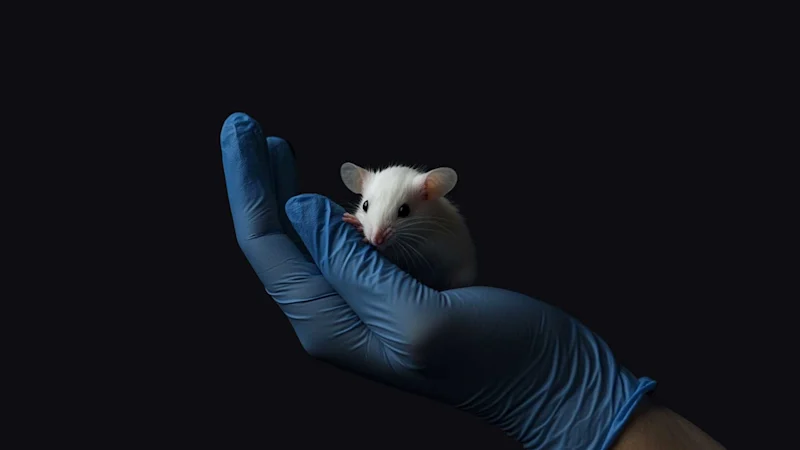
ChemSec Adds Neurotoxicants to SIN List in Landmark Step for EU Chemicals Regulation
ChemSec updates the SIN List with neurotoxicants, spotlighting brain-damaging chemicals and urging EU regulators to act swiftly on these hidden threats.


A new study by the European Commission's Joint Research Centre (JRC) outlines a transformative approach to chemical safety testing, advocating for the phase-out of animal testing. The study introduces a roadmap for transitioning towards non-animal methods, also known as New Approach Methodologies (NAMs), which promise enhanced efficiency, reduced costs, and improved safety assessments for both human health and the environment.
The European Union (EU) chemical regulatory framework is under pressure to evolve. Recent developments have highlighted the need to improve current testing practices to protect human health and the environment better. The study proposes "Chemicals 2.0," a new regulatory model focused on minimising unnecessary testing and improving efficiency through the adoption of NAMs. These methods would eventually replace traditional animal tests, in line with the EU's long-standing commitment to reduce animal testing.
The research emphasises that animal testing is no longer the only reliable option for ensuring chemical safety. Innovative technologies and biological reasoning now offer robust non-animal alternatives that can meet regulatory standards.
The study highlights five key pathways towards the acceptance of non-animal testing strategies:
The report acknowledges that the transition to non-animal testing faces several socio-technical barriers, including resistance to changing established practices and concerns about the readiness of non-animal methods.
One of the main challenges for regulators is adapting the EU’s Globally Harmonised System (GHS) for classifying and labelling chemicals. Current GHS criteria are heavily reliant on data from animal testing. The study suggests revising these criteria to accommodate the growing body of evidence from NAMs.
Furthermore, there are concerns about whether non-animal methods can effectively address complex health and environmental issues, such as chronic toxicity. The authors propose a tiered testing approach, ensuring proportionality in testing requirements and cost-effectiveness.
The study proposes a hybrid system that integrates animal and non-animal methods while the transition progresses. The eventual goal is to adopt a fully non-animal testing framework. With post-market surveillance and advanced monitoring techniques, the study envisions a system where the most hazardous chemicals are prioritised, ensuring continued safety and sustainability.
The study marks a significant step in transforming chemical safety assessments in Europe, advocating for a gradual but determined shift towards non-animal testing. As NAMs continue to improve, this twin transition could herald a new era of more efficient, humane, and scientifically advanced toxicology practices.
Foresight continuously tracks 1000s of sources and maps updates to your portfolio:




ChemSec updates the SIN List with neurotoxicants, spotlighting brain-damaging chemicals and urging EU regulators to act swiftly on these hidden threats.

OECD’s new chemical data sharing guide promotes fair access, transparency, and regulatory alignment—helping companies reduce duplication and meet compliance obligations globally.

The updated GHS Rev. 11 introduces major labelling changes for climate hazards and skin sensitisation. Key for global chemical compliance in 2025.
Subscribe to Foresight Weekly and get the latest insights on regulatory changes affecting chemical compliance.
Free forever. Unsubscribe anytime.
Read by professionals at